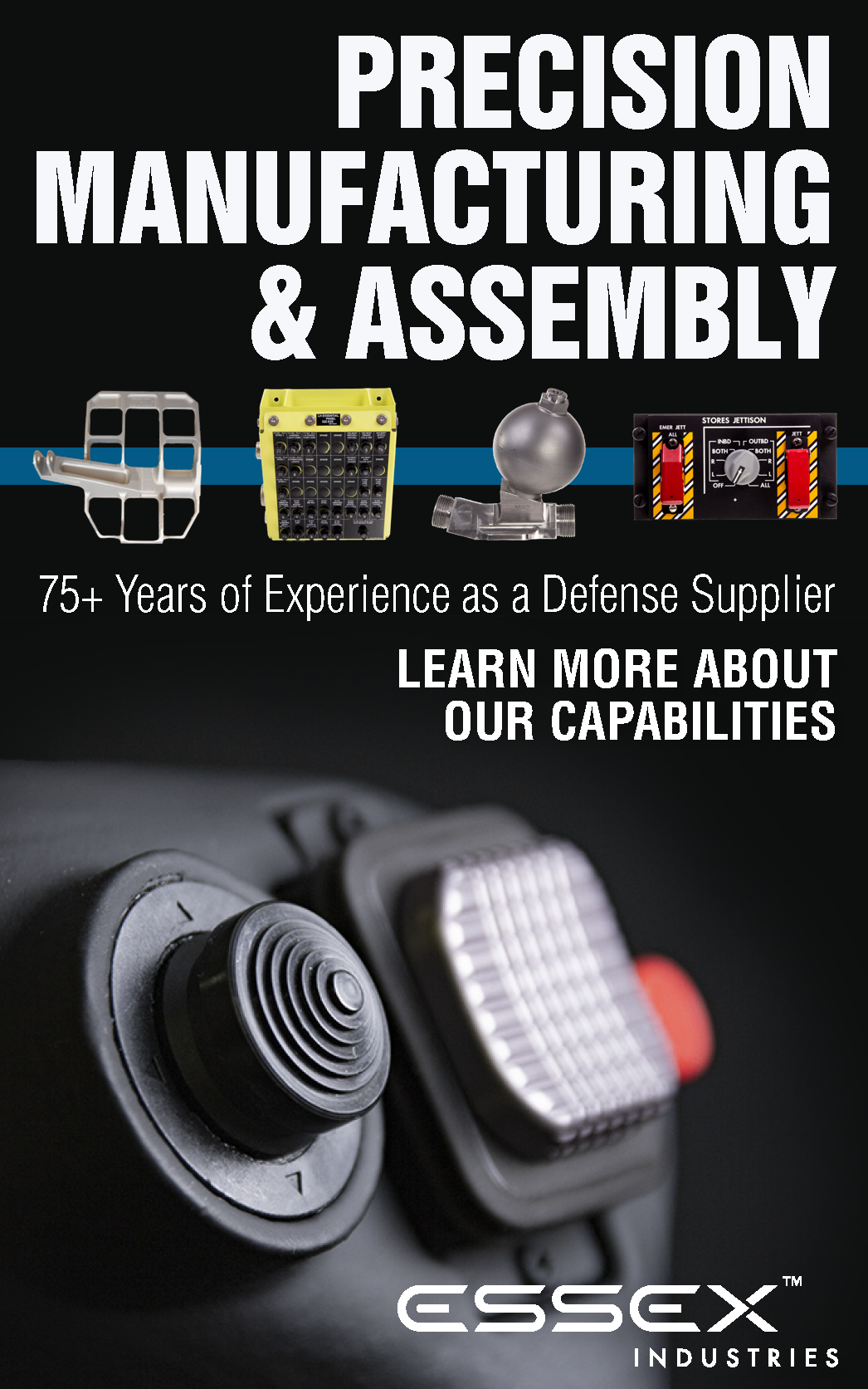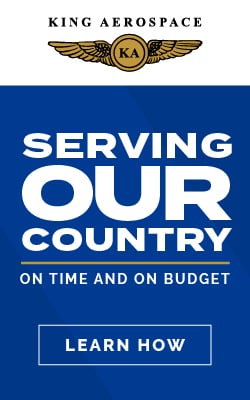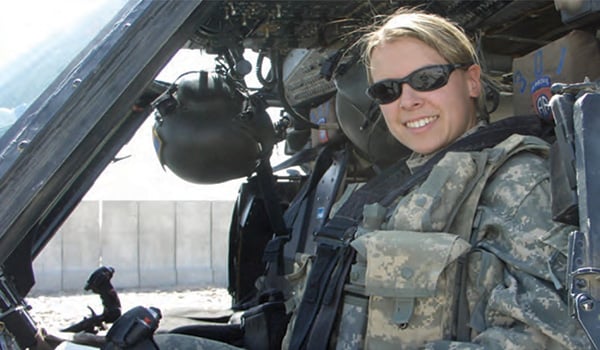
By MAJ Jennifer A. Phelps: The following article leads up to the Association’s 2009 National Convention in Nashville, Tenn. marking the 35th anniversary of women serving in the Aviation Branch.

Straight out of flight school in early 2007, 1LT Erin Leach found herself being tested in combat as a UH-60 platoon leader in Afghanistan with the 2nd Bn., 82nd Avn. Regt. Female pilots like Leach are proving themselves as leaders and aviators, performing equally or better with their male counterparts. Leach is pictured here ready for an Oct. 1, 2007 mission and flying on another mission over an Afghan community./ PHOTOS BY CW3 RICHARD KING
As we approach the 35th anniversary of women in Army aviation, we can look back and see just how far they have come. From 2LT Sally Murphy being the Army’s first female aviator to receive her wings in 1974, to women flying in support of combat operations since 1989 – women’s roles in aviation have only continued to grow over the years.
Women now represent over 10 percent of the aviation community and are conducting the full spectrum of aviation operations across the asymmetrical battlefield as scout, attack, assault, heavy lift, medical evacuation and fixed wing pilots.
From close combat support to air assaults deep into enemy territory, they have been flying alongside their male counterparts for years.
Throughout the Global War on Terrorism, female aviators have proven themselves time and again, often under enemy fire. They have served distinctly as flight leads, air mission commanders and pilots in command, and they do it with no hesitation, or thought that they are female.
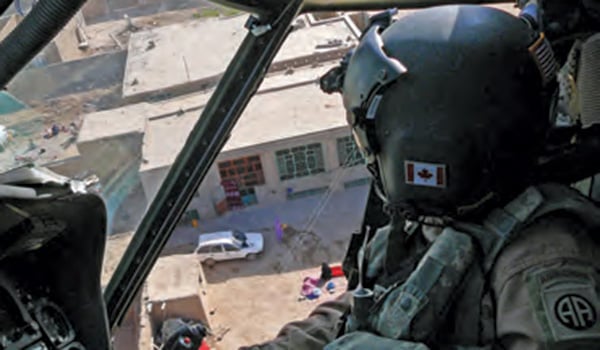
Forces on the ground do not care who is flying – they just want their resupplies to arrive on time, they want accurate fire support when needed, and they want to be inserted on time in the correct landing zone to accomplish their missions and defeat the enemy.Women are doing just that, symbolizing how far they have come within aviation and in the conduct of
combat operations.
Women, Leadership and Aviation
Many ask, “Is it difficult to lead in a male dominated field such as aviation? Do the men accept you as a pilot, a crew chief, a commander, or as a platoon sergeant?”

Women – such as CW3 Stephanie Rose, left, and CPT Hartleigh Caine, both AH-64D Longbow attack helicopter pilots with the 4th Cbt. Avn. Bde., pictured here in Iraq in April 2006 – are flying combat aviation missions in direct support for their ground force brethren. / COURTESY PHOTO
I would argue that it doesn’t matter the role, or the fact that an individual is male or female; but that every leader, Soldier, pilot or non-commissioned officer faces the same challenges together as equals based on their abilities. Leadership is challenging, but it is also rewarding.
Though flexibility in leadership techniques is a must as situations and individuals may be different, leaders with a philosophy based on compassion, values and a vision will go far.
With these qualities, they will be able to successfully motivate others to accomplish anything. This equally applies to both males and females alike.
At times, a stigma may remain within some units that women are weaker leaders resulting in them having to work harder to be accepted and feeling the constant need to prove themselves. However, this atmosphere within the aviation field is not as prevalent as it once was in the past.
Over the past 35 years, women have proven themselves time and again, making it easier for the women of today to succeed to where they no longer face the same levels of discrimination within the aviation community.
According to CPT Hartleigh Caine, an AH-64 pilot and former company commander, “The opportunities open to women after 35 years continues to expand as women have earned the trust and confidence of their superiors and peers. This is nowhere more true than in attack aviation where women have had the opportunity to work with ground forces to help shape the battlefields of Operation Iraqi Freedom and Operation Enduring Freedom.”
From the lowest ranks to the senior aviation officers, women are serving in diverse positions, both in combat and garrison.
Today’s Aviation Leaders and Soldiers
Women in aviation have come a long way since the days of 2LT Murphy and those that followed in her footsteps with all of them breaking down barriers so that today’s females only have the sky as their limit.
Army aviation now has females consistently serving as company and battalion commanders in combat. COL Laura Richardson led the 5th Bn., 101st Avn. Regt. during Operation Iraqi Freedom 1 from 2003 to 2004 and now commands the garrison at Fort Meyer, Va.
CPT Monica Foley led Troop O of the 4th Sqdn., 3rd Armored Cav. Regt. from October 2005 to December 2006, while her fellow troop commander, CPT Khirsten Schwenn, led Troop S in support of combat operations during OIF 3.
Female commanders such as these show how far women have come in aviation, many times exceeding the expectations of their Soldiers and chain of command.
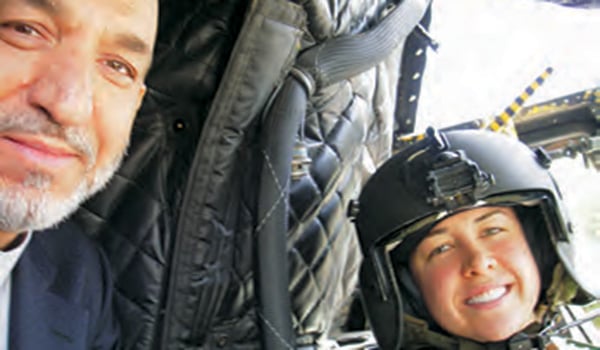
CPT Brooke Taylor, a seasoned CH-47 Chinook pilot, had a mission on July 18, 2005 to fly Hamid Karzai, president of the Islamic Republic of Afghanistan, during her deployment in support of Operation Enduring Freedom. / COURTESY PHOTO
However, it is not just our more senior officers being tested. Straight out of flight school, female aviators are immediately being tested in combat. They no longer have the luxury of reporting directly to a unit in garrison, such as 1LT Erin Leach who reported to her unit in Afghanistan in March 2007 and immediately was assigned as a UH-60 platoon leader within the 2nd Bn., 82nd Avn. Regt.
Direct out of flight school, 1LT Sarah Piro led her scout platoon in the 4th Sqdn., 3rd ACR, in the Iraqi theater during 2003; and then again in 2005-2006 serving under her female troop commander CPT Monica Foley.
Not only are women, such as Leach and Piro, proving themselves as aviators, but they are performing at or above the levels of their male counterparts.
In addition, we now have women serving within the brigade aviation elements (BAE) working hand-inhand with ground commanders in the planning of aviation operations.
LTC Carey Wagen served as the BAE officer for the 4th Bde. Cbt. Team with the 82nd Airborne Div., during a 2007 deployment in support of OEF in Afghanistan. Her experience was both rewarding and challenging despite having to overcome the stigma of being a female and a pilot within the infantry brigade.
It was not long though before she earned their respect and was recognized as an extremely capable planner and expert in the aviation field. Today Wagen commands the 2nd Bn., 82nd Avn. Regt. at Fort Bragg, N.C.
The aviation community is not only composed of officers and pilots, but also crew chiefs, flight engineers and maintenance personnel. Without a doubt, they are essential to the success of each commander’s mission, and women contribute significantly throughout each of these fields.
CW2 Tommi Weber, today with Co. B, 7th Bn., 159th Avn. Bde., served as a CH-47 flight engineer for 10 years before graduating from flight school in 2006; she has witnessed the transition of women in aviation from the perspective as both a maintainer and a CH-47 pilot.
Times have definitely changed where women in both fields are now more widely respected and accepted as equals.
The Way Ahead
The women of yesterday may have set the stage for each of these women, but it is these company, battalion and brigade-level aviation officers and Soldiers who are the role models for the female aviators and Soldiers of tomorrow. They are the ones that will be providing the mentorship and support to junior female aviators as they take on challenging roles within their respective organizations. They are the ones making an even stronger foundation for the future.
Today, it has become even more important for women to identify with female role models that they can look to for advice and mentorship; and next to that, it is even more vital to seek out fellow females for friendship and support.
Though women are becoming more prominent within the aviation community, they are still the minority, and the support and mentorship that women provide for each other will ensure the continued success of the aviation females of tomorrow. It has been three and half decades since the first female earned her wings and over 15 years since women began flying
in support of combat operations, and the story has only continued.
Women have accomplished many things over the past 35 years, and they will only continue to grow. As BG Anne F. Macdonald, aviation’s first female active duty general officer, stated in her article last month, “Army Strong is Aviation Strong” – and women’s contributions have significantly ensured exactly that.
MAJ Jennifer A. Phelps is currently obtaining her Masters in Public Policy Management degree at Georgetown University as a part of the Joint Chiefs of Staff and Office of the Secretary of Defense internship program in Washington, D.C. She will be assigned to the Pentagon in June.












